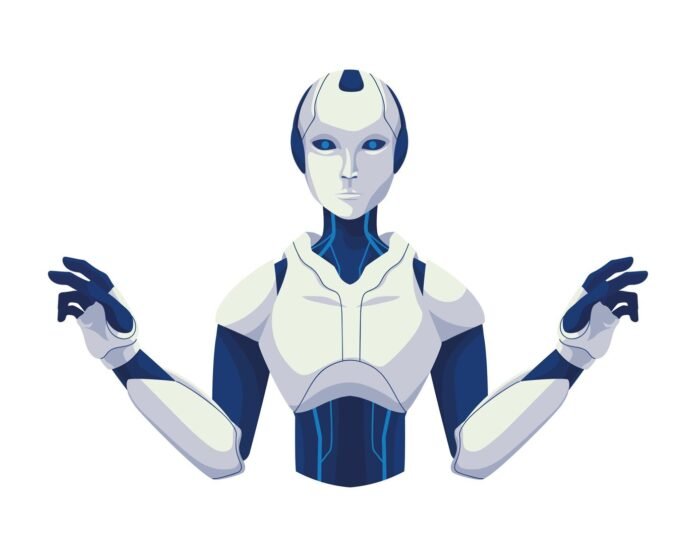Introduction
The concept of Insanont represents a fusion of human ingenuity and technological advancement, exploring the boundaries of what it means to evolve beyond traditional limitations. As society progresses, the interplay between human cognition, artificial intelligence, and augmented capabilities raises profound questions about identity, ethics, and the future of civilization. This article delves into the key aspects of Insanont, examining its implications across various domains, from philosophy to cutting-edge innovation.
1. The Philosophical Foundations of Insanont
At its core, Insanont challenges the conventional definitions of humanity by integrating technological enhancements into human existence. Philosophers have long debated the essence of being human—whether it is defined by consciousness, biological makeup, or the ability to reason. Insanont pushes these boundaries further by suggesting that human evolution is no longer confined to natural selection but is instead driven by deliberate augmentation. This shift raises ethical dilemmas: If a person replaces biological components with synthetic ones, do they remain “human”? What happens when artificial intelligence surpasses human cognitive abilities? These questions force us to reconsider autonomy, identity, and the moral frameworks that govern our future.
2. Technological Integration and Human Augmentation
The practical realization of Insanont lies in the seamless integration of technology with the human body and mind. Advances in neural implants, bioengineered organs, and AI-assisted cognition are no longer science fiction but emerging realities. Companies and research institutions are developing brain-computer interfaces (BCIs) that allow direct communication between the brain and machines, enabling paralyzed individuals to control robotic limbs or even type with their thoughts. Meanwhile, gene-editing technologies like CRISPR offer the potential to eradicate hereditary diseases, enhance physical abilities, and extend lifespan. However, with such power comes responsibility—how do we ensure these enhancements are accessible without deepening societal inequalities? Who regulates the ethical limits of human modification?
3. The Societal Impact of Insanont
As Insanont transitions from theory to practice, its societal implications become increasingly significant. The workforce, for instance, may undergo radical transformations as augmented humans outperform their non-enhanced counterparts, leading to new forms of discrimination or class divisions. Education systems will need to adapt, prioritizing digital literacy and cognitive enhancement tools. Additionally, the legal system must address unprecedented questions: Should augmented individuals have different rights? How do we define consent when a person’s thoughts can be digitally altered? Social norms around relationships, privacy, and even warfare will shift as the line between human and machine continues to blur. Without careful governance, the rise of Insanont could lead to fragmentation rather than unity.
4. Ethical and Existential Risks
While the promises of Insanont are vast, the risks cannot be ignored. The possibility of AI achieving superintelligence poses existential threats if not aligned with human values. Cognitive enhancements might create an elite class of “post-humans,” leaving the rest of society behind. There are also concerns about loss of individuality—if thoughts can be uploaded or altered, what remains of personal identity? Furthermore, cybersecurity threats could escalate as hackers target neural implants or manipulate augmented individuals. Ethical frameworks must be established to prevent misuse, ensuring that technological progress aligns with collective well-being rather than unchecked power.
5. The Future of Insanont: Utopia or Dystopia?
The trajectory of Insanont remains uncertain, presenting two divergent futures. In an optimistic scenario, human augmentation leads to unprecedented prosperity—diseases are eradicated, intelligence is amplified, and global collaboration reaches new heights. Conversely, a dystopian outcome could see humanity fractured by inequality, loss of autonomy, and unchecked AI dominance. The difference lies in proactive governance, inclusive policies, and a societal commitment to ethical innovation. By fostering open dialogue and interdisciplinary cooperation, we can steer Insanont toward a future that enhances human potential without sacrificing our core values.
Conclusion
Insanont represents both an extraordinary opportunity and a profound challenge for humanity. As we stand at the crossroads of biological and technological evolution, the choices we make today will shape the destiny of our species. By embracing innovation while upholding ethical principles, we can ensure that Insanont leads to a future where humanity thrives—not just survives—in harmony with the machines we create.


